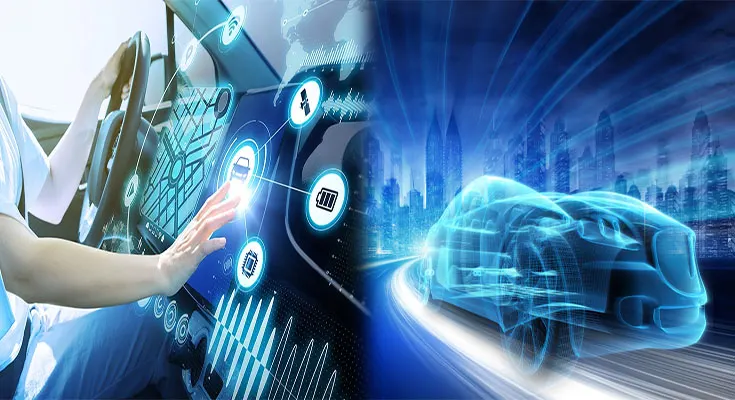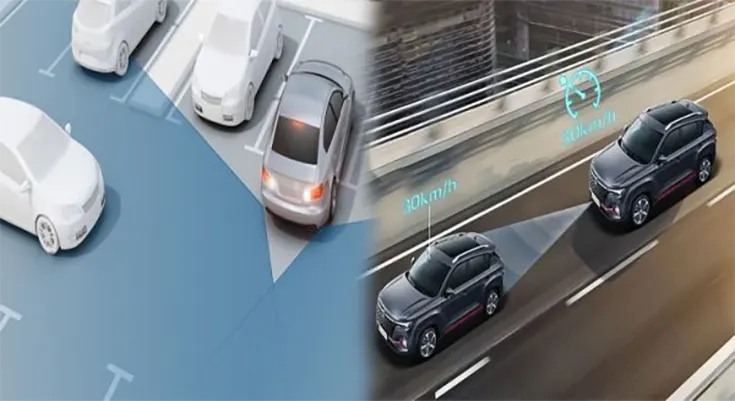Connected cars are vehicles that are able to communicate with other devices over the internet. This communication can be used to perform a variety of tasks, such as controlling vehicle functions or monitoring security.
As technology advances, more and more people are recognizing the value that connected cars can provide. They are also seeing the positive impact that these technologies can have on society as a whole.
The Evolution of Connected Cars
Connected cars are dynamic, updateable devices that bring information from external networks into the vehicle. This opens up a vast array of potential services and software-driven innovations that make vehicles more convenient, safe and eco- friendly to operate.
The benefits of connectivity in connected cars are many, including automated fuel payments, predictive maintenance and remote software upgrades. However, the biggest benefit lies in the ability to use data from these devices to make a safer, more sustainable and …
View More What is Connected Cars?

